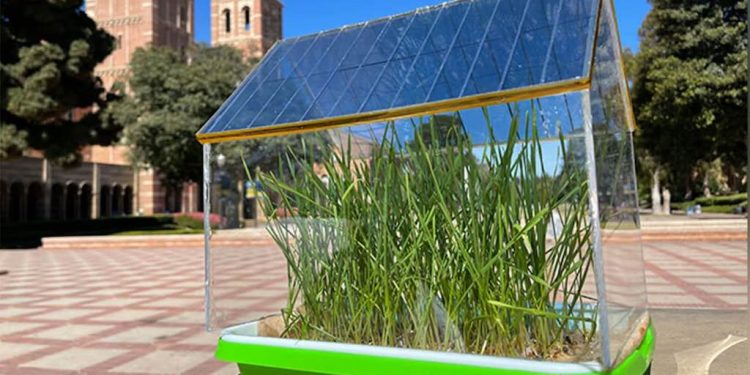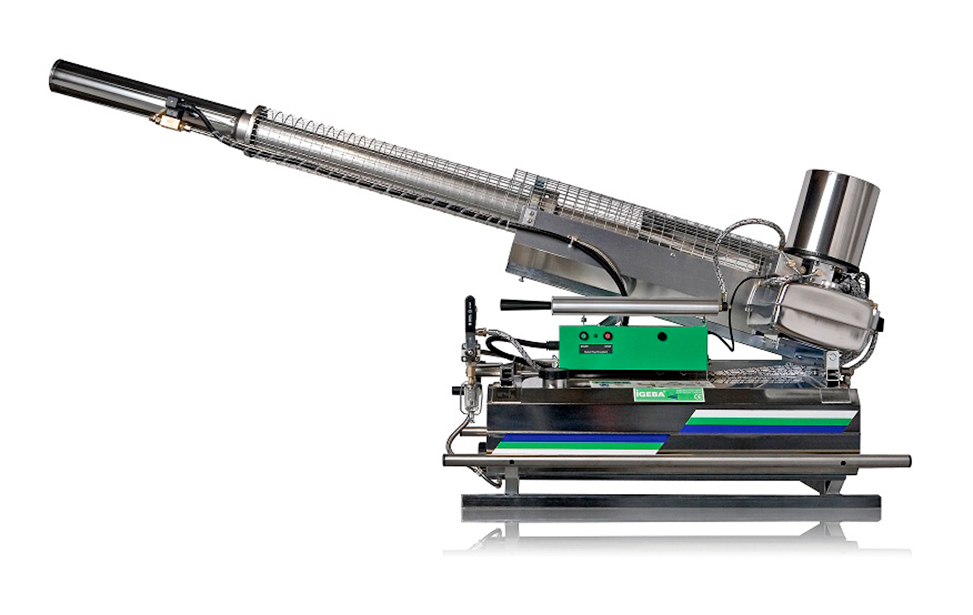#SemitransparentSolarCells #GreenhouseGrowth #RenewableEnergy #SustainableAgriculture #CleanEnergy #PlantCultivation #SolarTechnology
In recent years, the advancement of renewable energy technologies has led to groundbreaking innovations in the field of solar power. One such development is the integration of semitransparent solar cells into greenhouse structures. These unique solar cells not only generate clean energy but also allow plants to thrive by providing them with the perfect balance of sunlight.
Traditionally, greenhouses have been designed with opaque materials to ensure maximum sunlight absorption. However, this limited the amount of natural light reaching the plants, resulting in uneven growth patterns and the need for artificial lighting. Semitransparent solar cells offer a solution to this problem by enabling both sunlight transmission for plant photosynthesis and energy production.
By utilizing semitransparent solar cells, greenhouses can harness the power of the sun while still allowing a sufficient amount of light to reach the plants. The transparent or translucent solar panels are integrated into the roof or walls of the greenhouse, allowing sunlight to pass through and be absorbed by the plants. These solar cells capture the remaining solar energy, converting it into electricity for on-site use or feeding it back into the grid.
The integration of semitransparent solar cells in greenhouses has numerous benefits for both energy production and plant growth. Firstly, it provides a sustainable source of electricity, reducing reliance on fossil fuels and lowering greenhouse gas emissions. Additionally, the use of these solar cells eliminates the need for separate solar installations, optimizing space and improving overall energy efficiency.
Furthermore, the semitransparent nature of these solar cells ensures that plants receive the necessary amount of sunlight for optimal growth. Unlike opaque panels, which cast shadows and create uneven lighting conditions, semitransparent solar cells distribute light evenly throughout the greenhouse. This promotes uniform plant development, resulting in healthier crops, increased yields, and improved quality of produce.
Moreover, semitransparent solar cells offer a visually appealing alternative to traditional greenhouse designs. Their modern and sleek appearance adds aesthetic value to the agricultural landscape, making them an attractive choice for greenhouse owners and operators.
The integration of semitransparent solar cells into greenhouse structures represents a significant step forward in sustainable agriculture and renewable energy. By optimizing the title in the link, we have explored the development and consequences of this innovative technology. The use of these solar cells not only facilitates the generation of clean energy but also enhances plant growth by providing a balanced amount of sunlight. As we continue to prioritize environmental sustainability, such advancements in solar technology hold great promise for a greener future.












